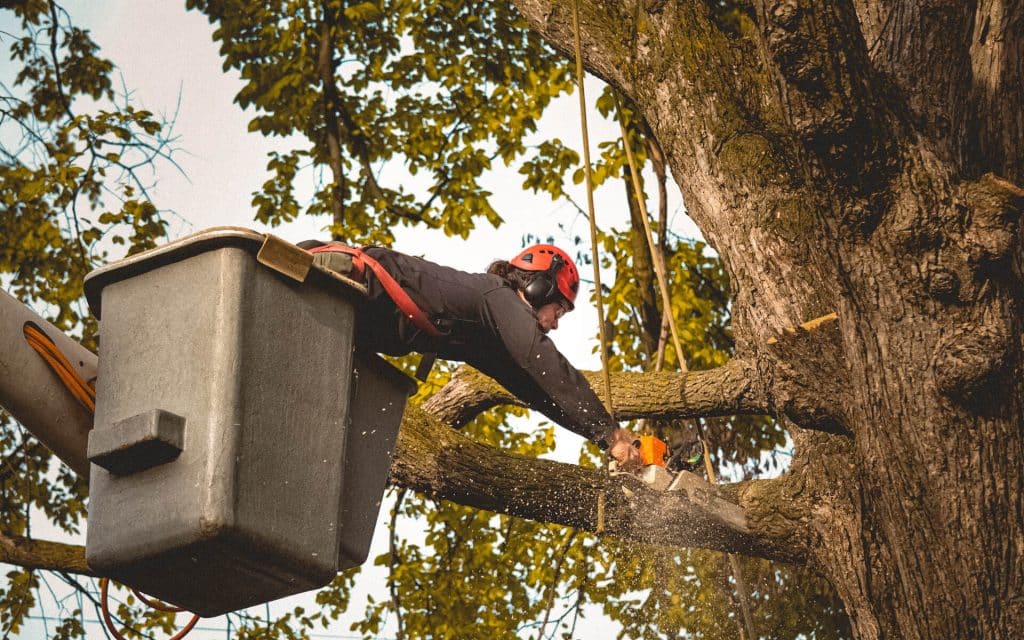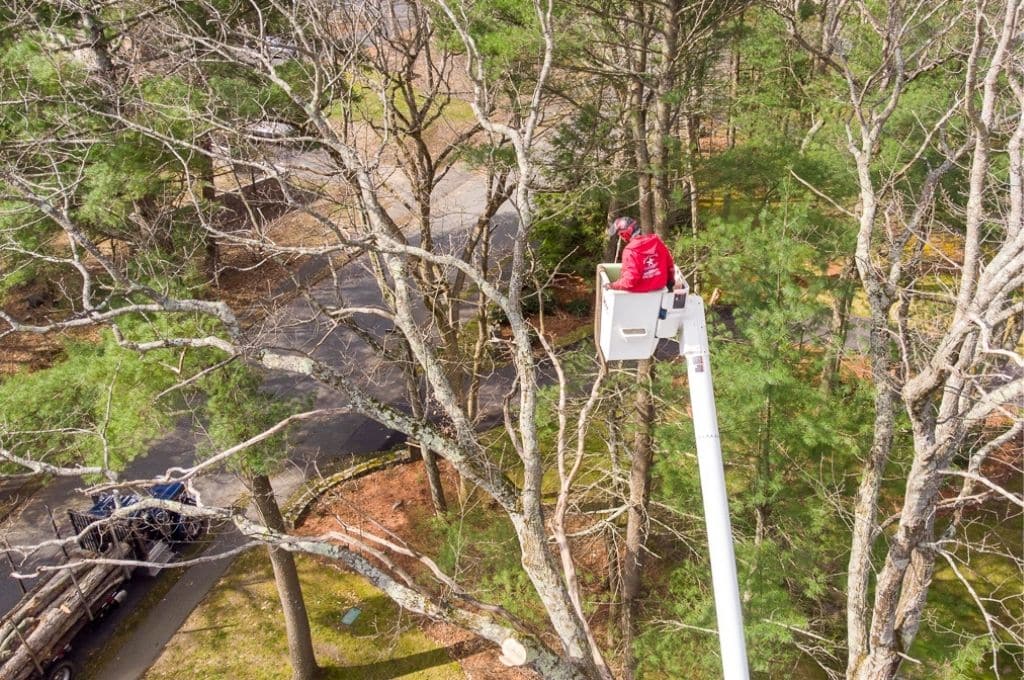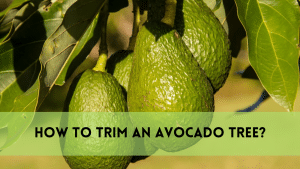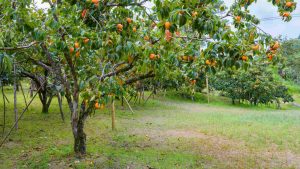Trimming tall trees, particularly the magnolia species, is not simply a duty but a responsibility. It’s a choreography of precision, where each cut changes the tree’s fate, impacting its growth, vigor, and lifespan. As guardians of nature’s grandeur, understanding the subtleties of tree cutting becomes critical.
In this guide, we begin on a journey through the canopy, learning the subtleties of how to trim tall trees properly. From analyzing tree health to selecting the correct equipment and timing, we delve into the essentials of tree maintenance. Join us as we unearth the secrets to growing magnolia trees while keeping their elegance and splendor.
Importance of Trimming Tall Trees
Health Maintenance: Regular pruning improves the general health of tall trees by removing dead, diseased, or damaged branches, allowing for better air circulation and sunlight penetration throughout the canopy.
Safety: Trimming large trees reduces the risk of branch failure, which can pose significant safety concerns to people, buildings, and other nearby structures, especially during storms or severe winds.
Aesthetic Appeal: Properly trimmed trees enhance the visual appeal of landscapes, increasing property value and creating a more inviting environment.

Encourages Growth: Trimming stimulates new growth and helps shape the tree’s structure, providing a balanced and healthy canopy.
Prevents disease spread: Removing unhealthy branches prevents the transmission of pathogens and pests, thereby maintaining the overall well-being of the tree and its neighboring plants.
In essence, cutting large trees is not just an aesthetic issue but a critical part of proper tree maintenance and management.
Gather the necessary tools and equipment
Before you begin, gather the following tools and equipment:
- Pruning shears
- Loppers
- Pole saw
- Safety gear (gloves, helmet, goggles)
How to trim tall trees
Trimming towering trees demands a systematic strategy to ensure safety and effectiveness. Follow these steps for successful tree trimming:
Step 1: Assess tree health
Before commencing, check the overall health of the tree. Identify any dead, diseased, or damaged branches that need removal.
Step 2: Choose the Right Time
Timing is essential. Trim trees during late winter or early spring, when they are dormant, to decrease stress and promote healthy development.
Step 3: Gather the Necessary Tools
Gather the essential tools and equipment, including pruning shears, loppers, a pole saw, and safety gear such as gloves, a helmet, and goggles.
Step 4: Plan Your Cuts
Plan your cuts intelligently to maintain the tree’s natural shape and balance. Start by removing dead or diseased branches, then handle any crossings or overcrowded branches.
Step 5: Make clean cuts
Use sharp instruments to make clean cuts just beyond the branch collar, avoiding leaving stubs or injuring the tree’s bark.
Step 6: Dispose of Debris
Once the pruning is complete, clean up and dispose of the trash correctly to promote a tidy and safe atmosphere.
When is the best time to trim tall trees?
The best time to trim tall trees, especially magnolias, is during late winter or early spring, while the trees are still dormant. Trimming during this period decreases stress on the tree and lessens the likelihood of disease spread. Additionally, with the tree’s leaves removed, it’s easier to analyze the tree’s structure and discover any dead, sick, or damaged branches that need removal. Trimming before new growth begins allows the tree to deploy resources more efficiently toward mending and renewal. Overall, cutting tall trees during late winter or early spring boosts the tree’s health and vigor while providing ideal results.
DIY tree trimming
Pros
DIY trimming saves money by eliminating the need to hire specialists.
Control: Property owners have complete control over the pruning process, which they can tailor to their specifications.
Learning Experience: DIY pruning allows property owners to learn about tree care and management.
Cons
Safety Concerns: Trimming big trees can be dangerous, especially without the necessary training and equipment.
Lack of Expertise: Without specialized experience, DIY trimmers may unintentionally hurt the tree or cause property damage.
Limited Equipment: DIY trimmers may not have access to professional-grade equipment, which might compromise trim quality.
Hiring professional arborists
Pros
Expertise: Professional arborists have the necessary skills and experience to trim big trees securely and successfully.
Safety: Professionals follow industry safety regulations to reduce the danger of accidents or injuries.
Quality Results: Arborists use specialized equipment and procedures to properly care for and maintain trees.
Cons
Cost: Hiring a professional can be more expensive than DIY trimming.
Dependency: Property owners rely on expert arborists’ availability and scheduling.
When hiring pros, property owners may have limited control over the pruning process.
Finally, while DIY pruning saves money and gives you more control, it also poses safety hazards and has limitations in terms of knowledge and equipment. Hiring professional arborists provides skilled care and superior results, albeit at a premium expense. Property owners should carefully consider these elements based on their skill level, available resources, and the intricacy of the trimming work.
Related Posts:
FAQS
How much should you prune your magnolia tree?
To reduce stress and maintain health, prune no more than 25% of the tree’s canopy.
Can I trim my magnolia tree myself, or do I need to contact a professional?
While amateurs can complete basic pruning tasks, it is best to hire a professional arborist for large or tall trees to ensure safety and care.
What should I do if I meet huge, difficult-to-reach branches?
If massive branches are out of reach, consider contacting a licensed arborist who has the appropriate equipment and expertise to remove them securely.
Will pruning my magnolia tree promote new growth?
Proper trimming can promote new growth while also improving the general health and beauty of the magnolia tree.
How often should I prune my magnolia tree?
Pruning magnolia trees every 3–5 years will keep them in good shape and health.
Conclusion
How to trim tall trees, a variety of factors, including expertise, safety concerns, budget, and the complexity of the tree trimming task, determine whether to DIY or hire professional arborists. DIY trimming can save money and give you more control, but it also has safety concerns, knowledge limits, and equipment limits. Professional arborists, on the other hand, provide skilled care, safety compliance, and quality outcomes, albeit at a premium expense. Before choosing the best technique for pruning large trees on their property, homeowners should analyze their abilities and preferences. Finally, when making this decision, prioritize the health and safety of the trees and their surroundings.





